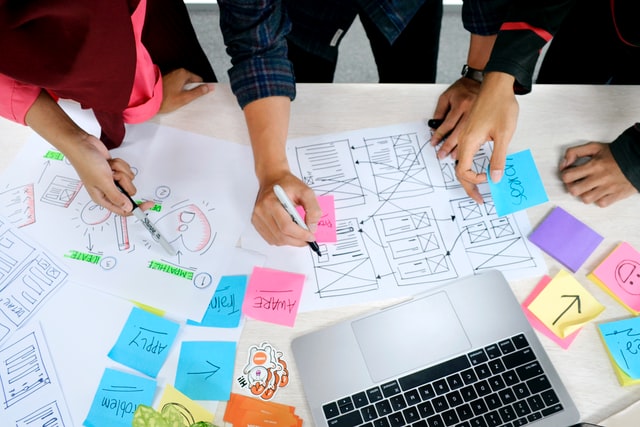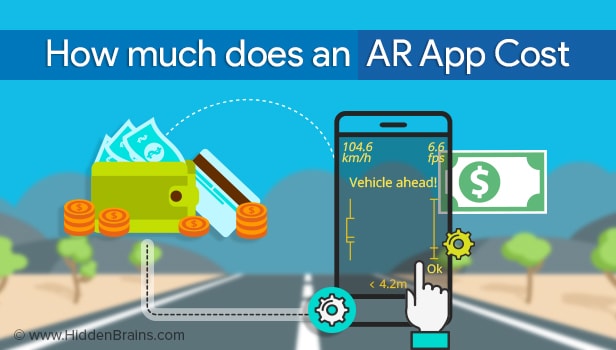You’ve probably heard the terms design thinking and human-centered design floating around. But what do they mean? Design thinking is exactly what it sounds like: an approach to solving problems that considers not only how something looks, but also how it works, how people feel when they use it, and more. While it might seem hard to wrap your head around, the benefits of design thinking are real — especially in terms of increased business success and higher user satisfaction rates. To learn more about design thinking, read on!
Design thinking definition
Design thinking is a process for creative problem solving. It begins with understanding the needs of the people you're designing for, then involves creating solutions that meet those needs. The process is iterative, meaning that you'll continue to refine your ideas as you learn more about what works and what doesn't. Ultimately, design thinking can help you create products, services, or experiences that are both useful and meaningful to your users.
Why do we need this process
1. Design thinking is a process that helps us come up with innovative solutions to problems.
2. It allows us to think outside the box and come up with creative solutions that we may not have thought of otherwise.
3. Design thinking also helps us to better understand our users and their needs, so that we can create products or services that they will love.
4. This process can be used in all sorts of fields, from product design to marketing to architecture, and more.
The different types of design thinking
Design thinking is a process that can be used to solve problems and create new products or ui ux design services. There are three main types of design thinking: user-centered design, systems thinking, and integrative thinking. Each type has its own advantages and disadvantages, but all three can be used to create innovative solutions.
User-centered design is focused on the needs of the user and creating a solution that meets those needs. This type of design thinking is often used in fields such as product design or web design.
How to apply design thinking in real life situations
Design thinking is a process that can be used to solve problems or create new products or services. It involves thinking from the user's perspective, brainstorming, and prototyping. Design thinking has been shown to be beneficial in a variety of real-life situations, such as improving healthcare, developing new technologies, and increasing customer satisfaction.
Useful tools for your business
Design thinking is a process that can be used to solve problems and create new products or services. The benefits of design thinking include improved creativity, better problem solving, and increased collaboration. Some useful tools for businesses that use design thinking include brainstorming, mind mapping, and prototyping.
Resources to learn more about this concept
Design thinking is a process that can be used to solve problems and create new products or services. The benefits of design thinking include improved creativity, collaboration, and problem-solving skills. If you're interested in learning more about design thinking, there are plenty of resources available online. Here are a few to get you started
Design thinking benefits
Design thinking has been shown to provide numerous benefits, both for individuals and organizations. Individuals who use design thinking are often able to come up with more creative solutions to problems, and they also tend to be more open-minded and flexible in their thinking. For organizations, design thinking can lead to improved collaboration, better communication, and a greater focus on the customer. In addition, design thinking can help organizations become more innovative and agile, two qualities that are increasingly important in today's business world.
Conclusion
Design thinking is a process that can be used to solve problems and create new products or services. The benefits of design thinking include improved innovation, creativity, and collaboration. Additionally, design thinking can help you to better understand your customers and their needs. If you're looking for a way to improve your business, design thinking may be the answer.
When you design a product or service, you want to make sure that your idea is effective and appealing. The first step in making a great product is having a clear vision. Through a process called design thinking, you can gain an understanding of your customers' needs and wants while developing ideas for what they need next. The stages in the design thinking process are define, ideate, prototype, and test.
Read Also
5 Steps of the Design Thinking Process
The 5 Phases of Design Thinking and How to Use Them
UNDERSTAND THE MULTIPLE STAGES OF THE DESIGN THINKING PROCEDURE




0 comments:
Post a Comment